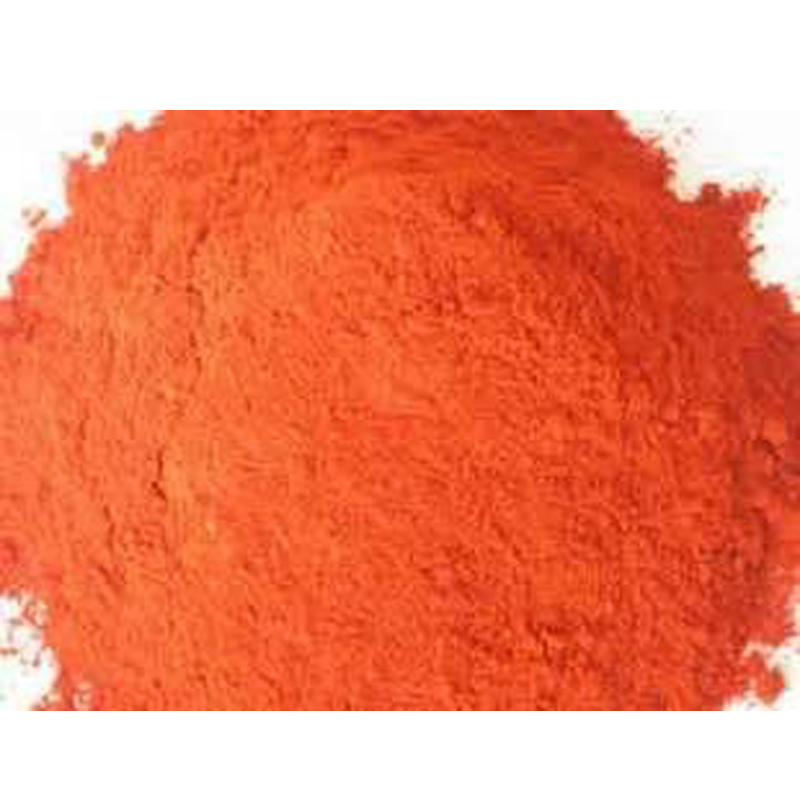- No. 268 Xianghe Street, Economic Development Zone of Xingtai city, Hebei 054001 China
- Byron@hbhongri.cn
Smoky and Flavorful Paprika for Your Culinary Creations
The Allure of Smoked and Sweet Paprika A Culinary Journey
Paprika, with its vibrant red hue and versatile flavor profile, has charmed its way into kitchens around the world. Among the various types of paprika, smoked and sweet paprika have gained remarkable popularity, thanks to their unique characteristics and the depth they bring to dishes. This article will delve into the origins, uses, and health benefits of smoked and sweet paprika, demonstrating why they deserve a spot in your spice collection.
Origins and Varieties
Paprika is derived from grinding dried capsicum peppers. While its roots can be traced back to Central America, it gained prominence in Europe, especially Hungary and Spain, where it became a staple in many traditional cuisines. Smoked paprika, known as pimentón in Spain, is made from peppers that have been smoked over an oak fire, infusing them with a deep, rich flavor. There are two main varieties sweet smoked paprika, which offers a mild taste, and hot smoked paprika, which carries a spicy kick.
On the other hand, sweet paprika is typically made from bell peppers and is not smoked. It boasts a slightly sweet taste and bright red color. Commonly associated with Hungarian dishes, sweet paprika brings a warmth and vibrant color to sauces, stews, and meats.
Culinary Uses
The versatility of smoked and sweet paprika is one of its greatest appeals. Smoked paprika is a favorite among chefs for its ability to elevate a dish with its unique depth. It's commonly used in Spanish paella, where it complements the saffron and blends beautifully with seafood and meats. Additionally, it’s a key ingredient in traditional dishes like chorizo, delivering that characteristic smoky flavor.
smoked and sweet paprika

Sweet paprika shines in a variety of applications as well. It’s an essential component in goulash, a hearty Hungarian dish that combines meat and vegetables. Its sweetness balances the savory and spicy elements, creating a harmonious dish. Moreover, sweet paprika can be sprinkled on deviled eggs, potato salads, and roasted vegetables, providing not only flavor but a burst of color.
Both types of paprika can be used to season meats, fish, and even vegetables. A simple marinade made with olive oil, garlic, and smoked paprika can transform chicken into a flavorful dish, and a dash of sweet paprika can elevate your homemade hummus to something extraordinary.
Health Benefits
Beyond their culinary uses, smoked and sweet paprika also pack a nutritional punch. They are rich in antioxidants, particularly carotenoids, which are known to combat oxidative stress in the body. The vibrant red pigment in paprika comes from capsaicin, a compound that has been studied for its potential anti-inflammatory properties. Additionally, paprika is a source of vitamin A, which supports vision and immune function.
Moreover, incorporating these spices into your diet can encourage healthier eating habits. Their intense flavors mean you can reduce the need for additional salt and sugars, making your meals not only tasty but also healthier.
Conclusion
In conclusion, smoked and sweet paprika are more than mere seasoning; they are essential ingredients that transform everyday meals into culinary masterpieces. Their rich history, diverse uses, and health benefits make them worthwhile additions to any kitchen. Whether you're making a smoky stew or a sweet and spicy dip, paprika will enhance your culinary creations in ways you might have never imagined. Embrace the power of paprika—both smoky and sweet—and let your dishes come alive with flavor!
-
Capsicum frutescens oleoresin – High Purity, Food GradeNewsNov.17,2025
-
Capsicum Frutescens Oleoresin – Natural Heat & FlavorNewsNov.17,2025
-
Peppereka Powder – Fresh, Vibrant Color & Sweet AromaNewsNov.17,2025
-
Paprika Oleoresin | Natural Red Color, Heat & Flavor BoostNewsNov.17,2025
-
Pure Turmeric Extract 95% Curcumin | Potent, Lab-TestedNewsNov.17,2025
-
Red Papper Pods – Premium Sun-Dried, Bold Heat & AromaNewsNov.10,2025







